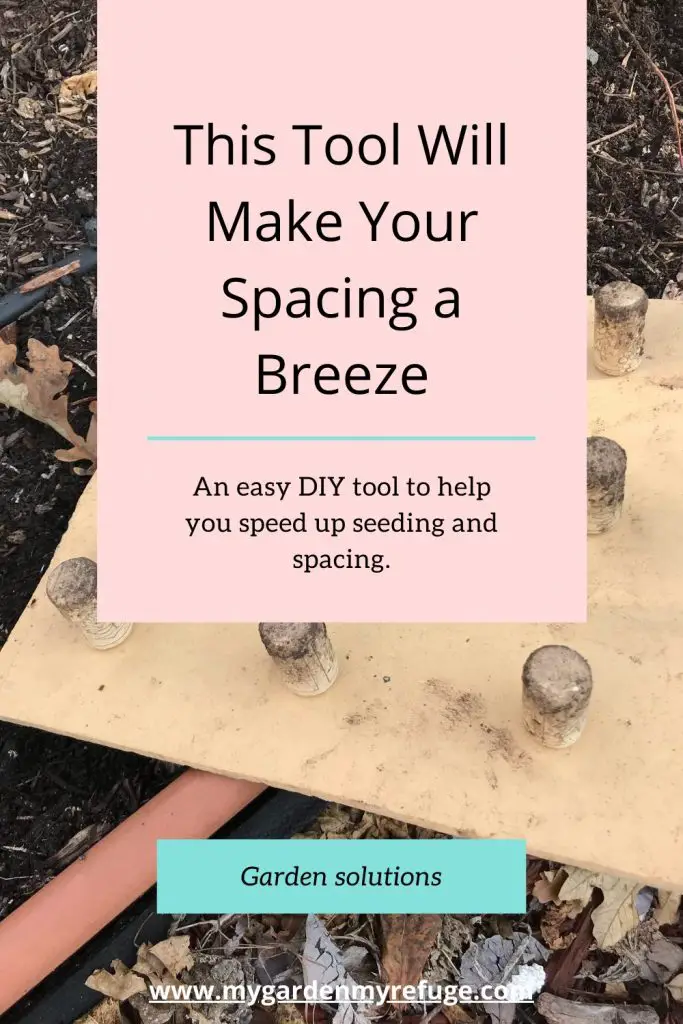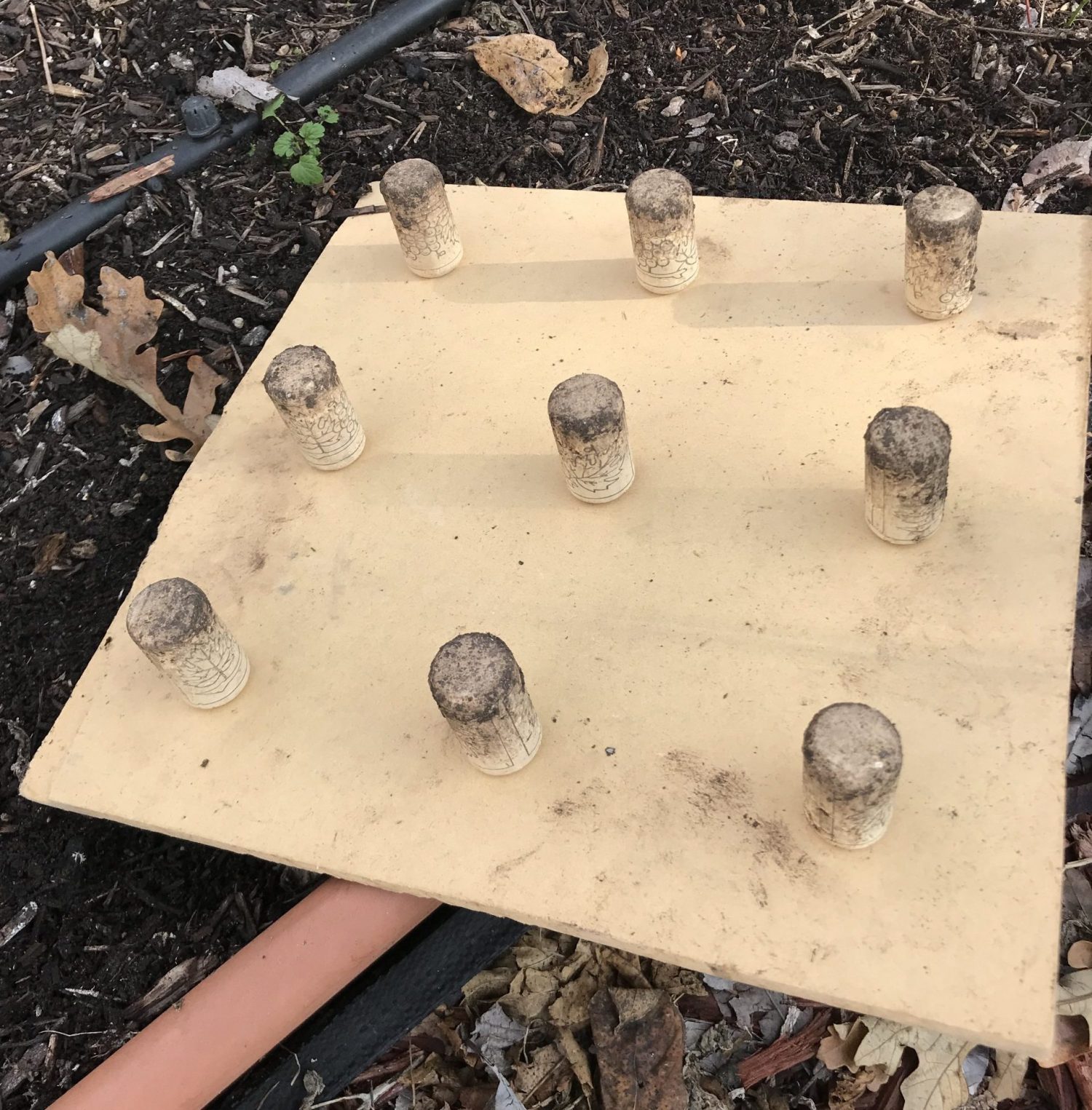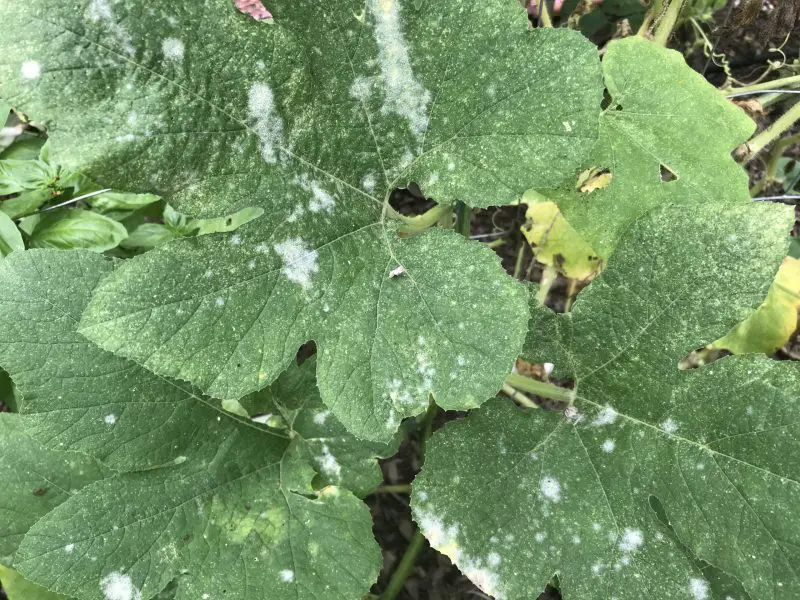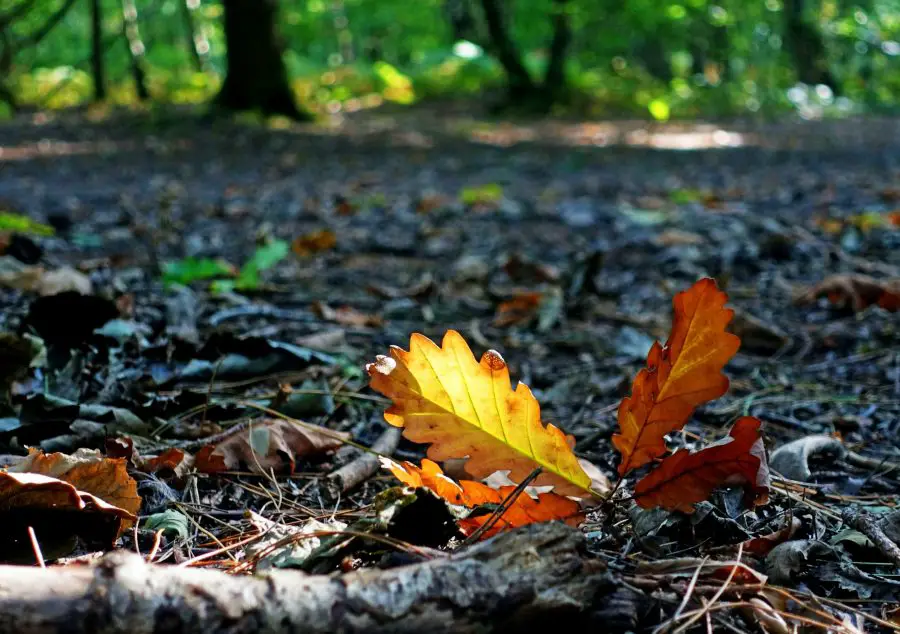How vital is seed spacing?
Plant and seed spacing is crucial for a successful garden. It is the second rule gardener must follow after soil preparation. Spacing seeds depends on the final size of the plant and not the seed itself. The plant grows faster and healthier when given the proper space.
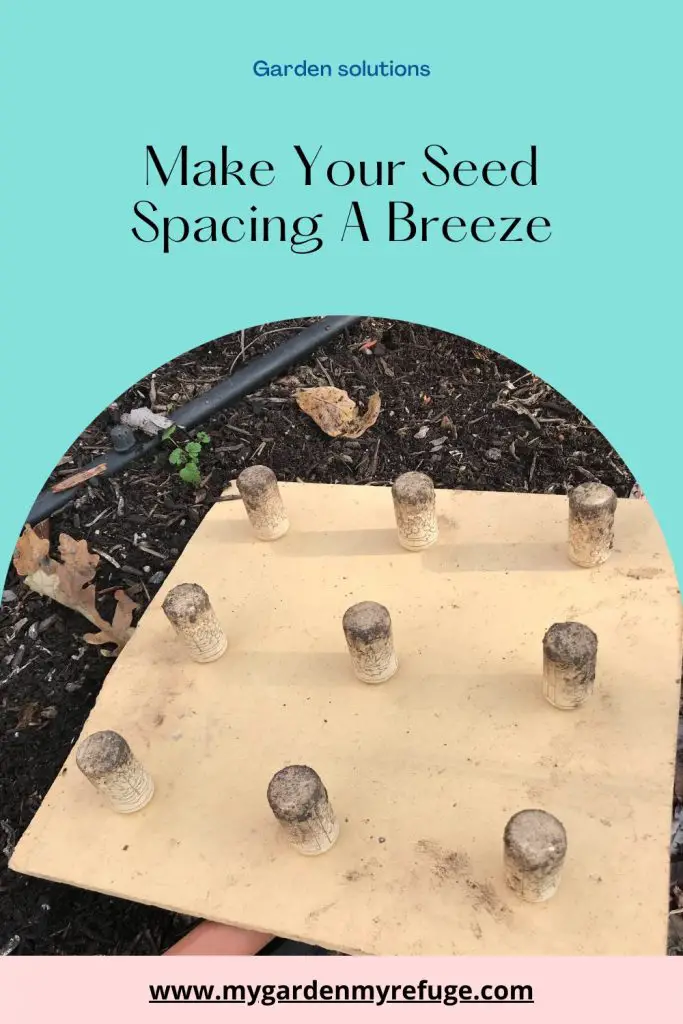
How to space seeds?
Look at the plant size of a given seed as clothes size, raging from XL to XS. Then make a real or an imaginary square-foot grid.
XL plants are large and require ample space. Plant one plant in the middle of a two by two feet space. The plants to consider for this spacing are zucchini and squashes.
L or large plants include tomatoes, peppers, eggplants, broccoli, cauliflower, etc. These need one square foot space.
M or medium plants need six inches away from each other. You can plant four per square foot. These include bush green beans, lettuce, kale, leeks, garlic, onions, broad beans, spinach, and swiss chard.
S or small plants require four inches of space. For example, place nine seeds in one square foot, including beets, turnips, and spring onions.
XS of extra small plants such as carrots, arugula, and radishes only need one inch to grow. So you can plant 16 in one square foot.
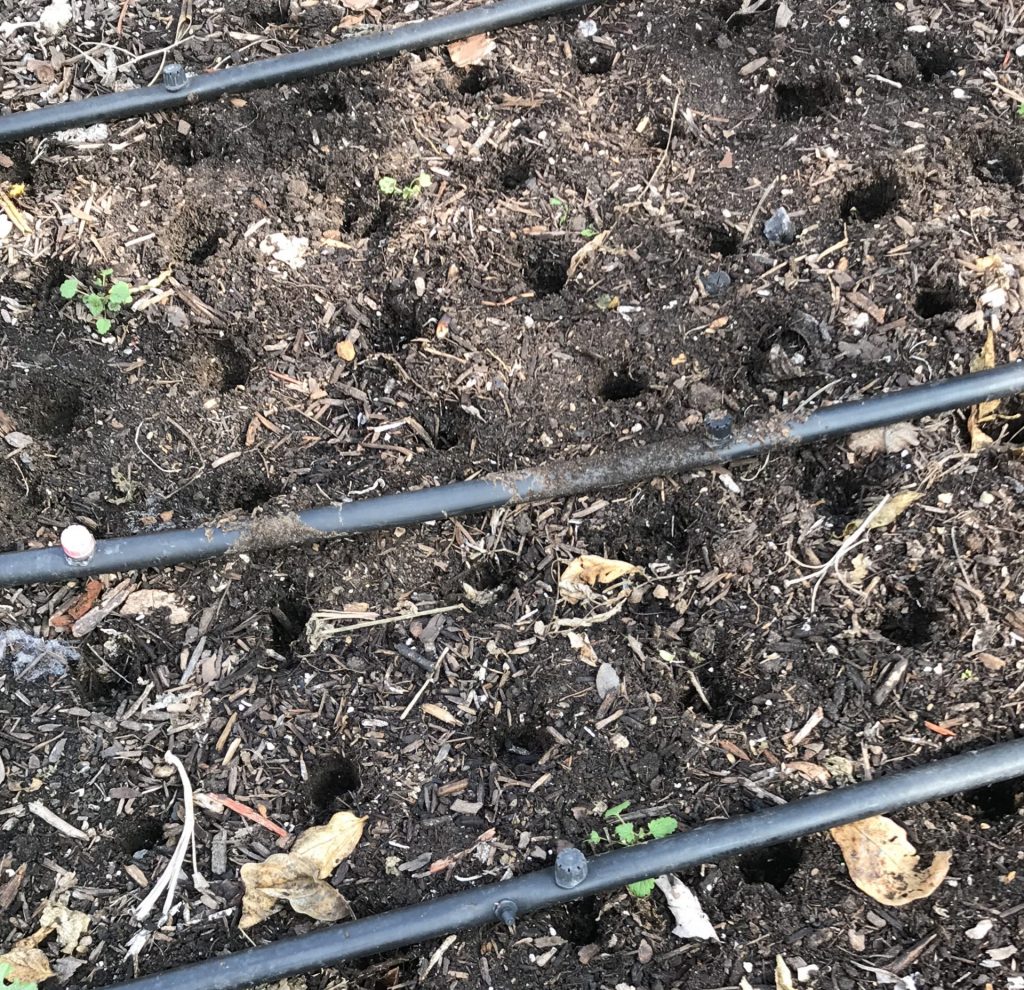
Are there any plants that do not require particular spacing?
Some plants, such as cilantro, parsley, fennel, and larkspur, do not care about spacing, especially when planted from seed. They grow into each other without any issues.
How deep to plant a seed?
The rule of thumb is to plant the seed twice its size in depth. Planting small seeds too deep may lead to rot. Planting big seeds too shallow will cause the roots to be exposed and dry or not be able to support the plant.
What would happen if I didn’t space my seeds well?
Random planting may result in a messy and chaotic garden. Instead, having everything put in the proper place creates a more aesthetically pleasing garden in addition to the following:
- Crowding creates poor airflow, promoting fungal diseases and pest infestations.
- Spacing too broad is a waste of valuable growing space and allows weeds to grow and compete.
- Following the spacing chart saves you seeds, thus money. Instead of broadcasting a handful of seeds, you will use only the amount you need for space.
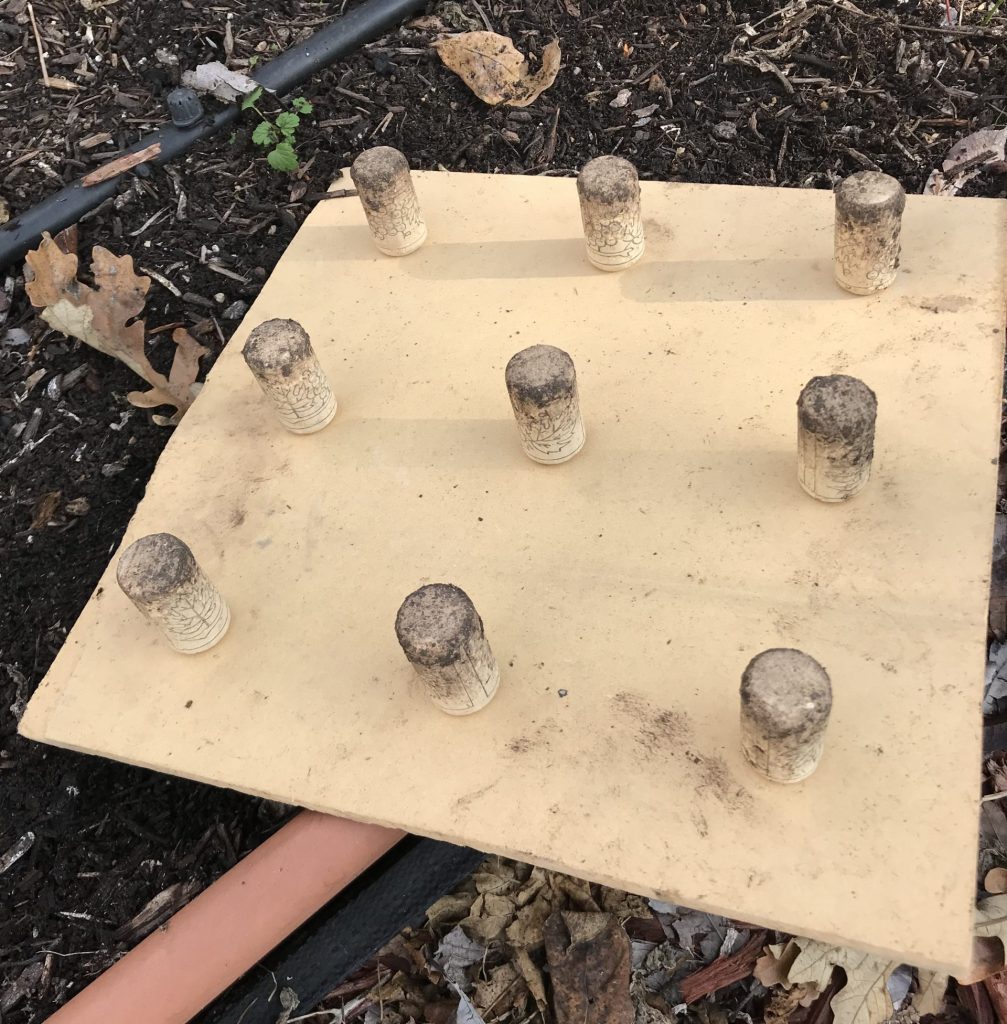
What is square-foot gardening?
Square-foot gardening is a spacing technique developed by Mel Bartholomew. After he retired, Mel joined his community garden, where he noticed that panting in rows was wasteful.
As a Civil Engineer and efficiency expert, Mel knew there had to be a better way. He realized row gardening was just a hand-me-down technique of farming, which didn’t translate well to the average gardener.
https://squarefootgardening.org/
His method makes urban gardening so easy and productive for families. Technically, it is building a four-square-foot raised bed at least 8 inches deep and then filling it with a good soil mix and placing a grid to divide it into 16 squares.
Then plant at your heart’s content following his square-foot spacing chart. You can find it here.
Easy spacing tool
Some find making a grid for every raised garden bed is a hassle. At times it also takes away some planting space. So I will share with you this unique yet simple tool that I use for my planting. Allow me, first, to give credit to Mr. Hollis at Hollis and Nancy’s Homestead for this little invention.
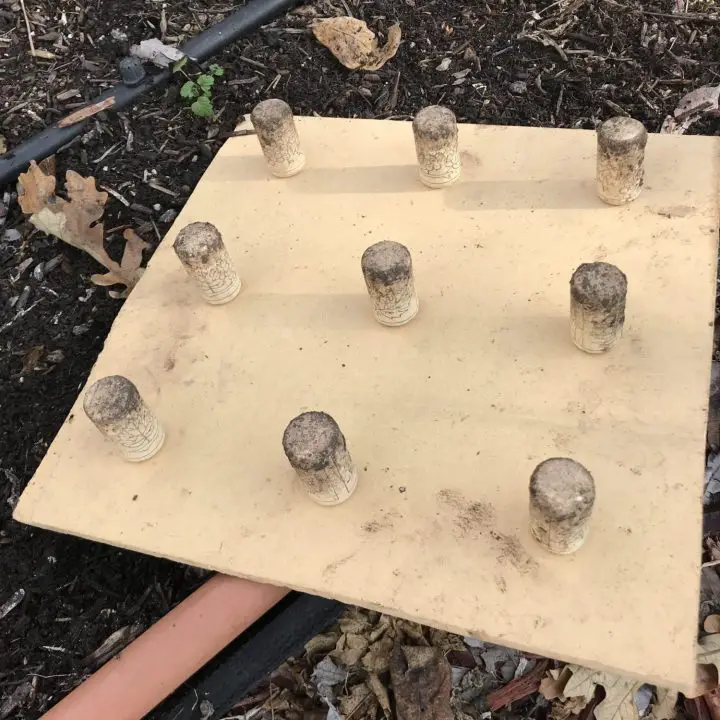
DIY Seed Spacer
This is a handy tool for easier and faster seeding and planting.
Ingredients
- 3 one aquare foot wooden boards
- 29 screw , long enough to attach the corks onto the boards.
- 29 corks
- pencil
- ruler
Instructions
Medium Seed Spacer
- Trace two crossing lines on the first board to get four equal parts.
- Mark the center for each square, then screw a cork on each.
- This one is for medium-size seeds or plants, such as lettuce, dwarf kale, and beans.
Small Seeds Spacer
- Trace two parallel lines vertically on the second board to divide it into three equal parts.
- Then trace two horizontal parallel lines to make nine equal parts.
- Mark the center of each square to screw a cork on each.
- This spacer is for small-sized seeds: bush green beans, lettuce, kale, leeks, garlic, onions, broad beans, spinach, and swiss chard.
X Small Seed Spacer
- Trace two crossing lines on the third boars to make four equal squares. Then draw two crossing lines on each square to divide into four smaller squares. You should have 16 equal-size squares altogether.
- Mark the center of each square, then screw a cork onto it. This spacer is for extra small seeds: carrots, radishes, and spring onions.
Nutrition Information:
Serving Size:
1 gramsAmount Per Serving: Unsaturated Fat: 0g
How to use the spacer?
This spacer works best on moist soil, not wet through.
- Clear up the planting area from debris and leaves.
- Place the spacer cork side down.
- Press on it with your hands or step on it for a better imprint.
- Keep doing the same thing until you cover the whole area you want to plant.
- The holes are ready for your seeds.
- If you are planting onions or garlic, you may deepen the holes using a dibber.
